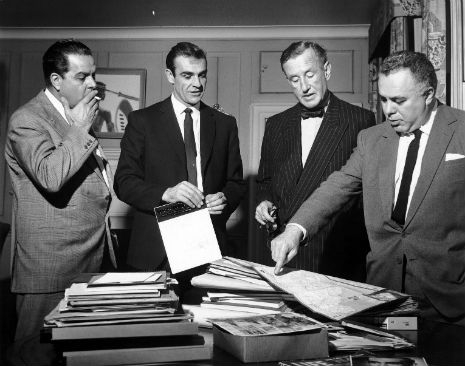
When it all began: ‘Cubby’ Broccoli, Sean Connery, Ian Fleming and Harry Saltzman discuss filming ‘Dr. No,’ 1962.
Noël Coward told his friend Ian Fleming to get on and “write his bloody book,” as he had been talking about it for too bloody long. Fleming had a good idea of what he wanted to write and why he wanted to do it, but he did not get round to writing his first James Bond novel Casino Royale until 1952. His reasons for writing were complex—he wanted to prove he could do it as his brother was a highly acclaimed travel writer, while his future wife and their close friends were part of a glittering and dreadfully snobbish literary set; and Fleming liked the money being a successful writer might bring, though he did claim he wrote for pleasure and only published for money.
Fleming later rather disingenuously described his books as “the pillow fantasies of an adolescent mind,” which belied the truth that his fictions were well written, stylish and contained the structure most thriller writers would imitate over the succeeding decades. He was an assiduous worker writing 2,000 words a day—a hard discipline he had learned from his time as a journalist, which had also taught him the importance of economy in descriptive writing:
“If you interrupt the writing of fast narrative with too much introspection and self-criticism, you will be lucky to write five hundred words a day.”
When Casino Royale was first published in 1953, it was rightly praised by readers and critics alike, with the poet John Betjeman astutely pointing out that Fleming had “discovered the secret of narrative art.” The following year saw the publication of Live and Let Die, then Moonraker in 1955 and Diamonds Are Forever in 1956. After the overwhelming critical success of his first Bond novel, the literati were quick to turn on Fleming and damn his books as pornographic, unhealthy and obsessed with sadomasochism. However, he did have his supporters, key among which were Raymond Chandler, who considered Fleming as a “most forceful and driving” thriller writer, while Noël Coward correctly stated that Fleming’s books would outlive the literary critics and their weighty tomes.
Fleming was never of robust health, and after being mauled by the snobbish reviewers, he decided to put his all into his next book, 1957’s From Russia With Love, setting Bond up with a fateful and near fatal confrontation with SMERSH Colonel Rosa Klebb and her hired assassin the psychopathic serial killer Red Grant. It was a winning roll of the dice especially once President John F. Kennedy said From Russia With Love was one of his favorite novels, which quickly established Fleming as major writer on both sides of the Atlantic.
With greater success in America, Fleming’s books were soon the source of much consideration from Hollywood—but this proved to be false bonhomie and an excess of hot air. Eventually, film producer Albert “Cubby” Broccoli formed a company with a former circus performer and intelligence agent, Harry Saltzman, who had bought the rights to all of Fleming’s books (except Casino Royale) called EON—“Everything or Nothing.” The pair decided to film Dr. No and began considering potential actors for the role of Bond. Fleming wanted the likes of Cary Grant or David Niven, but Broccoli and Saltzman held out for a little known Scottish actor called Sean Connery. At first, Fleming was none too happy, but after being told by a close female friend that Connery had “it” he decided to agree on having the former milkman, body builder and coffin polisher star as James Bond.
The success of the Bond films was far greater than either Fleming, Broccoli or Saltzman had considered, spanning six decades and six different actors in the title role—from the first film Dr. No in 1962, to the recent announcement of next year’s release of the 24th official Bond movie Spectre, it is difficult to imagine a time when there won’t be a new James Bond movie on the horizon.
While everyone has their own favorite James Bond—usually the actor they first saw in the role—this selection of stills shows the diverse nature of Bond from 25 different official and unofficial (the comic Casino Royale (1967) and Connery’s reprise in Never Say Never Again) 007 movies and the incredibly durability of Ian Fleming’s creation.
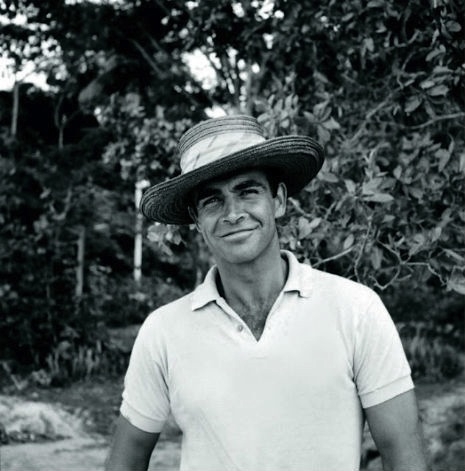
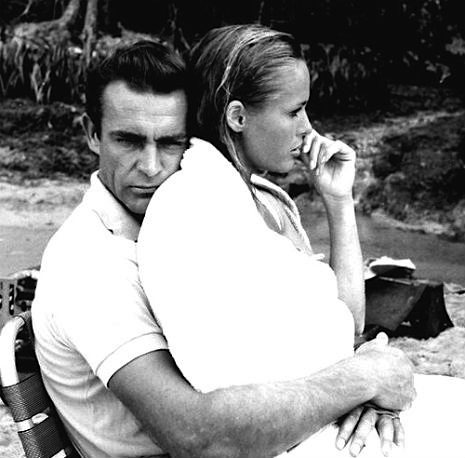
‘Dr. No’ (1962)
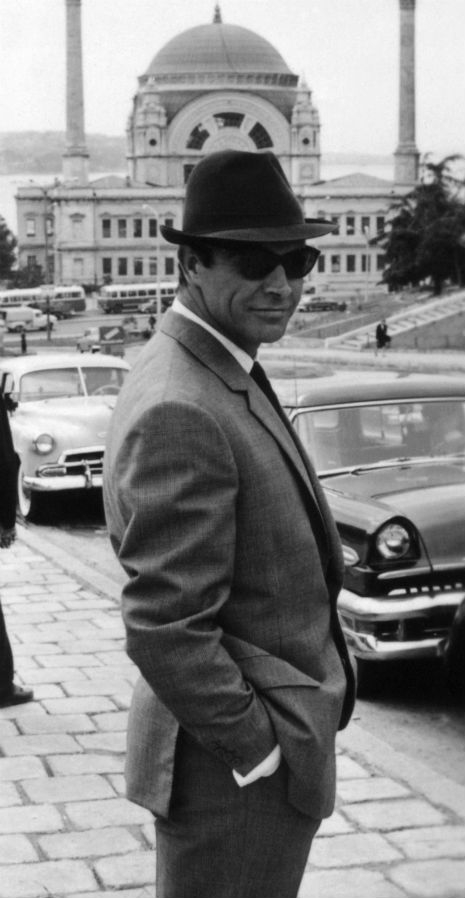
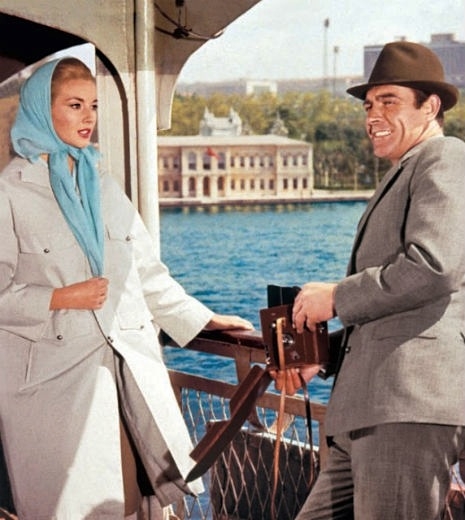
‘From Russia With Love’ (1963)



‘Goldfinger’ (1964)
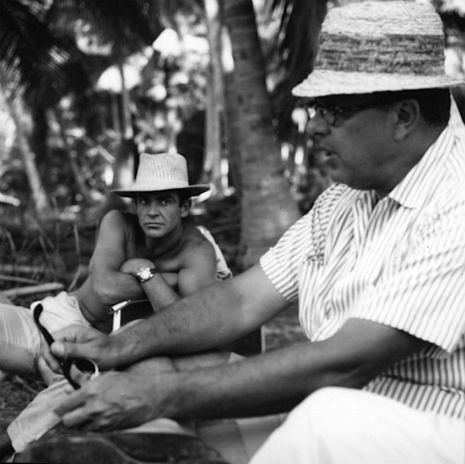
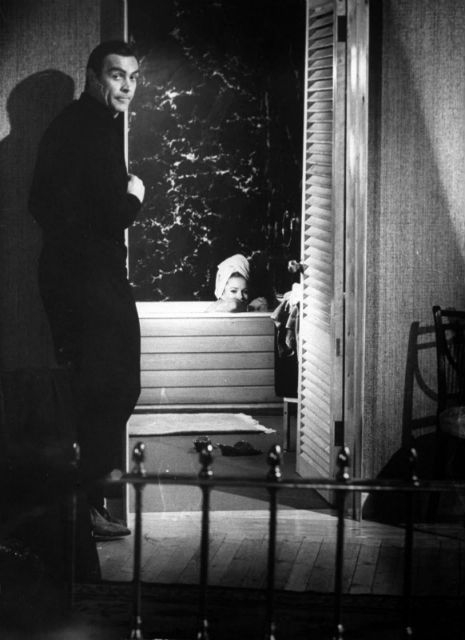
‘Thunderball’ (1965)

‘You Only Live Twice’ (1967)

‘Casino Royale’ (1967)
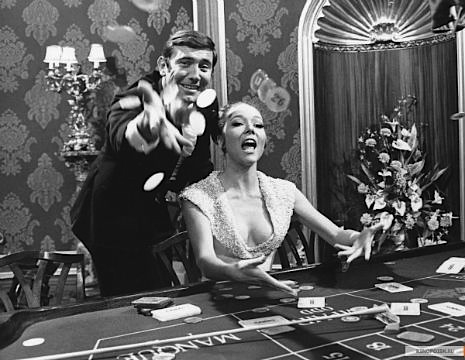
‘On Her Majesty’s Secret Service’ (1969)
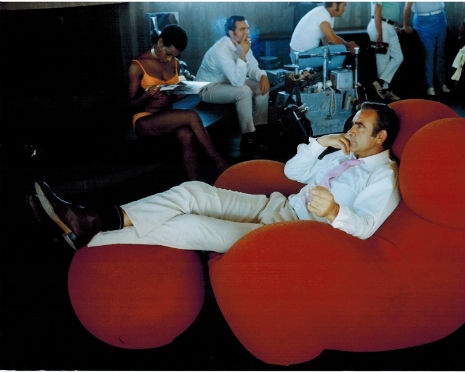
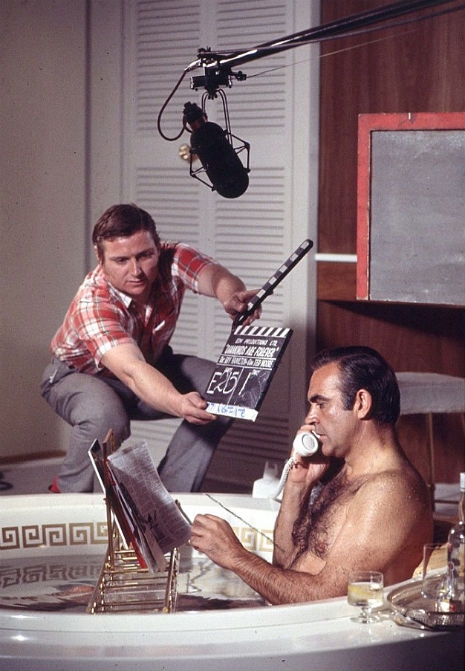
‘Diamonds Are Forever’ (1971)
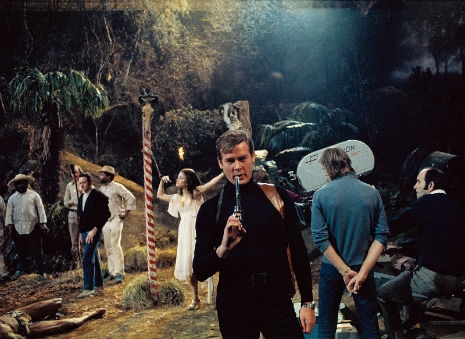
‘Live and Let Die’ (1973)
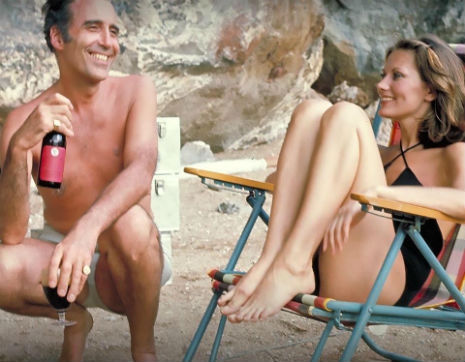
‘The Man With The Golden Gun’ (1974)

‘The Spy Who Loved Me’ (1977)
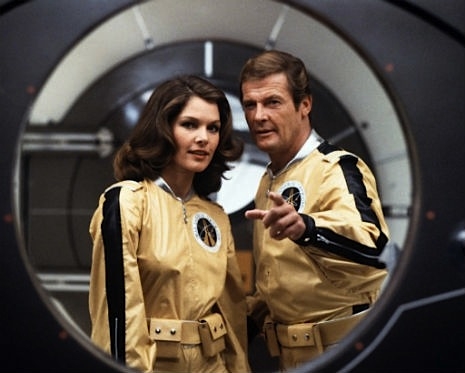
‘Moonraker’ (1979)
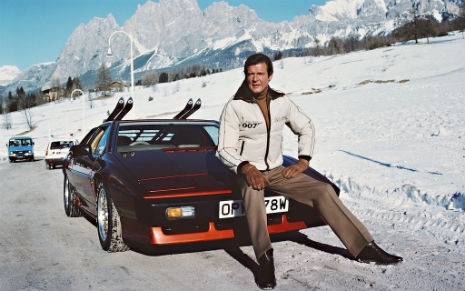
‘For Your Eyes Only’ (1981)
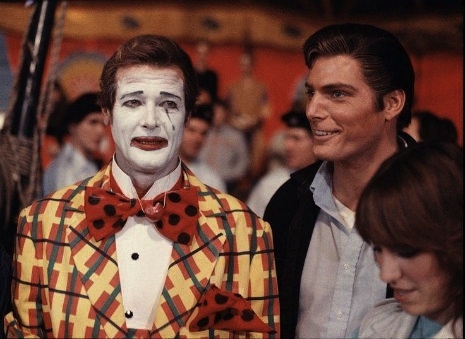
‘Octopussy’ (1983)
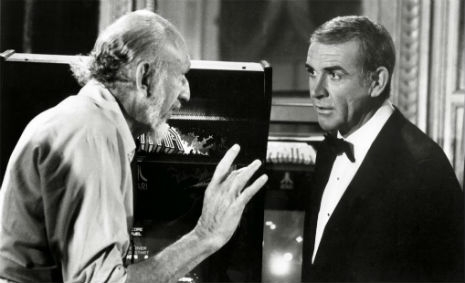
‘Never Say Never Again’ (1983)
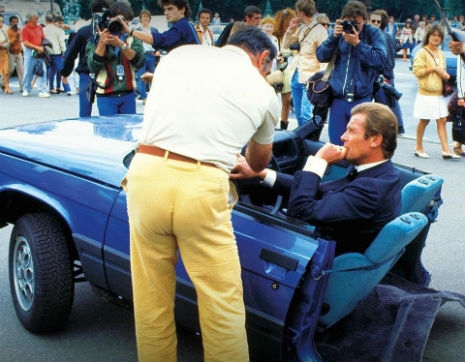
‘A View to a Kill’ (1985)
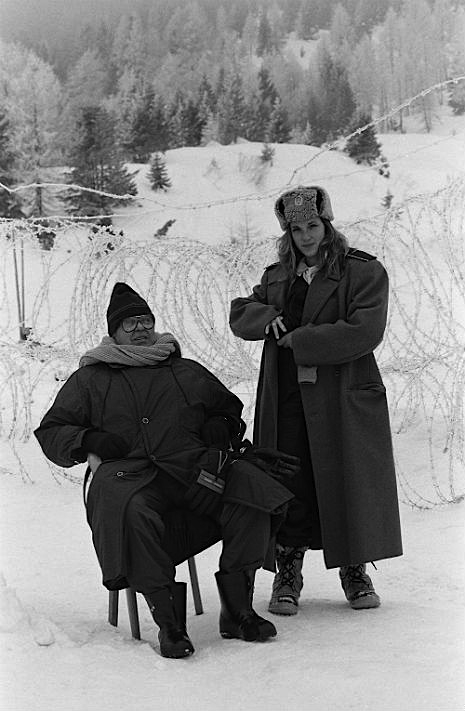
‘The Living Daylights’ (1987)
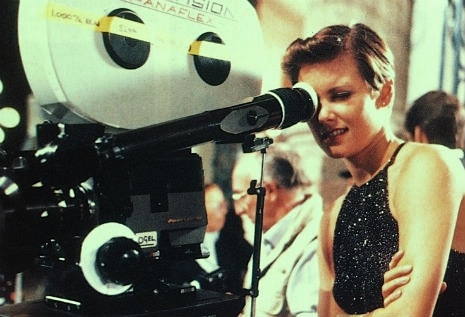
‘License to Kill’ (1989)

‘Goldeneye’ (1995)
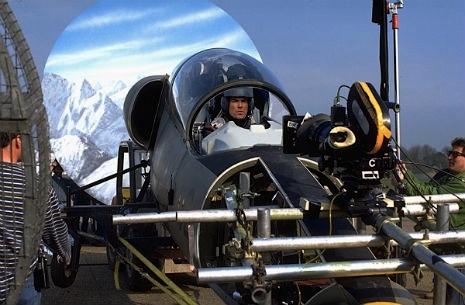
‘Tomorrow Never Dies’ (1997)
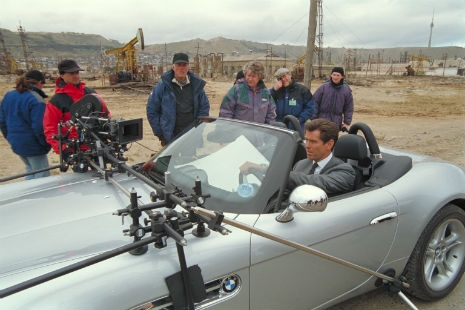
‘The World is Not Enough’ (1999)
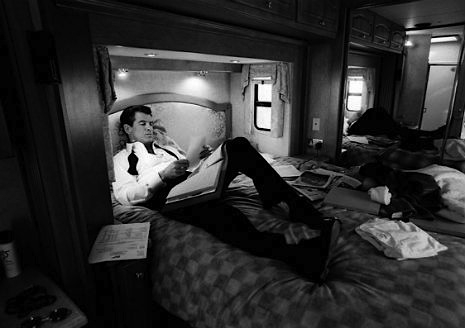
‘Die Another Day’ (2002)

‘Casino Royale’ (2006)
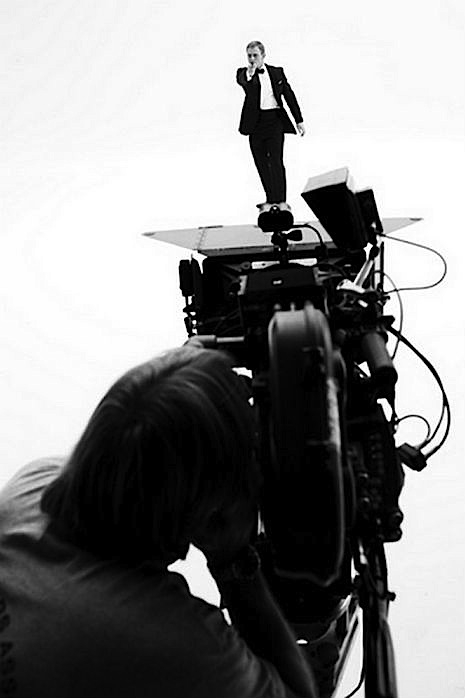
‘Quantum of Solace’ (2008)
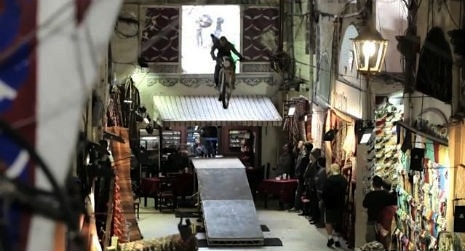
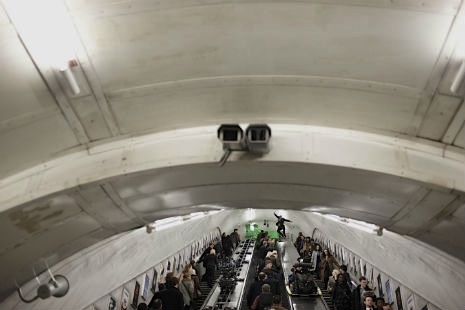
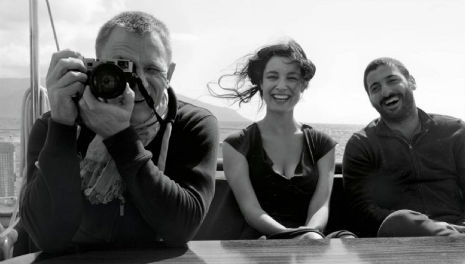
‘Skyfall’ (2012)
Via Reddit, Eat Sleep Ride, Screenrant, Stuffed Doggie, Vintage Everyday, ajb007